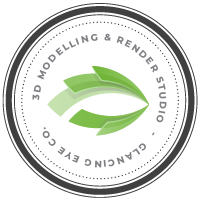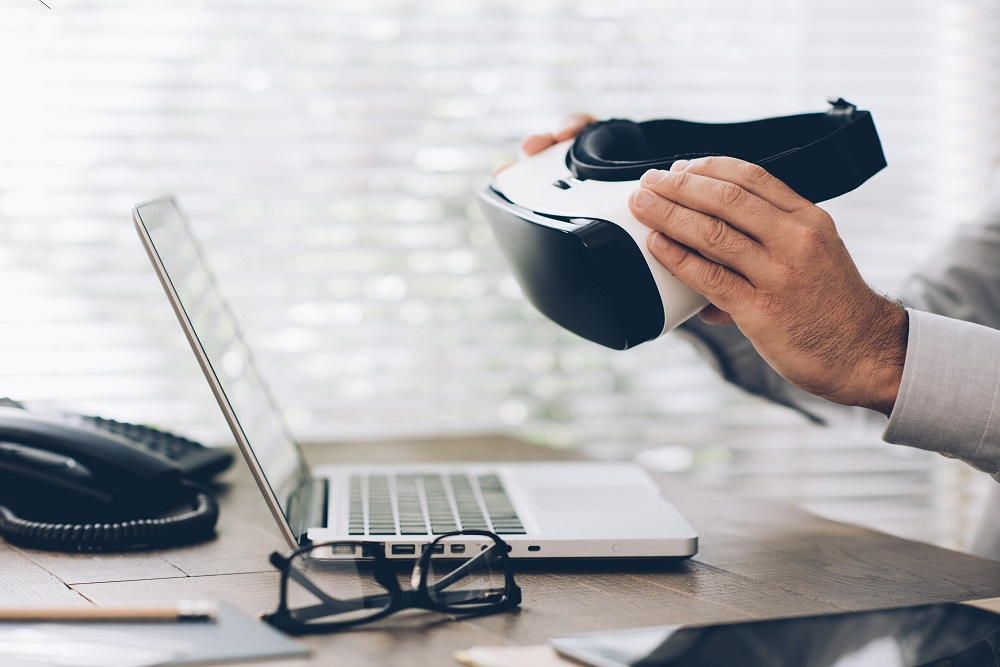Although these three techniques provide hyper-realistic images and increase the visual field of 2D environments, the user will experience different sensations in each one of them
Technology generates innovations so fast that, sometimes, it is difficult to delimit its nature. Such is the case of 3D design, 360 design and virtual reality. Throughout our professional trajectory, we have perceived a lack of training in the Spanish businessmen who require these services. So in this post we will concretise these three concepts.
What is 3D Design?
Etymologically we can say that 3D design defines the associated discipline. But within the sector, 3D design is usually understood as a graphic or visual product generated by understanding the space in a three-dimensional environment. As a result, 3D graphics are obtained from geometric data, generally Cartesian, whose variation of values alters the graphic itself, and these can be stored, displayed in real time or exported.
Currently, this technique spreads throughout many areas of the market, such as the construction sector, interior designers or architects. As it allows them to get infographics from any element, which is a great help when showing a future project.
And 360 Design?
The main goal of 360 Design is to create images in 360 degrees. These allow us to see, in just one single image, the full space from a specific point of view. It is possible to focus the attention to the most interesting area as well as including all details in one product.
Just by moving the mouse on screen, users are able to see any corner of the room and get the feeling of being inside the space.
Its possibilities have made this technique one of the most used by the estate agencies and big decoration companies.
Even Closer, Virtual Reality
Virtual Reality is a simulation of computerised spaces where people can interact and explore all as if they were actually there. It is a way to deceive the senses and make that users feel immersed in the scene.
In order to enjoy this experience, it is necessary that users use a helmet or glasses connected to a device which provides the simulation.
Differences
Although these three techniques provide hyper-realistic images and increase the visual field of 2D environments, the user will experience different sensations in each one of them.
If 3D design offers to clients the chance to see an image in detail, 360 design offers not only to see objects but also all the environment like being inside it, by having access to all quadrants in a total reality and observing them from several perspectives.
For its part, virtual reality is the greatest assisted simulation of interiors, as it provides a multisensory and interactive experience that users cannot remain indifferent.

